Ever wondered how Python is being used in the Agri-Tech 🤔
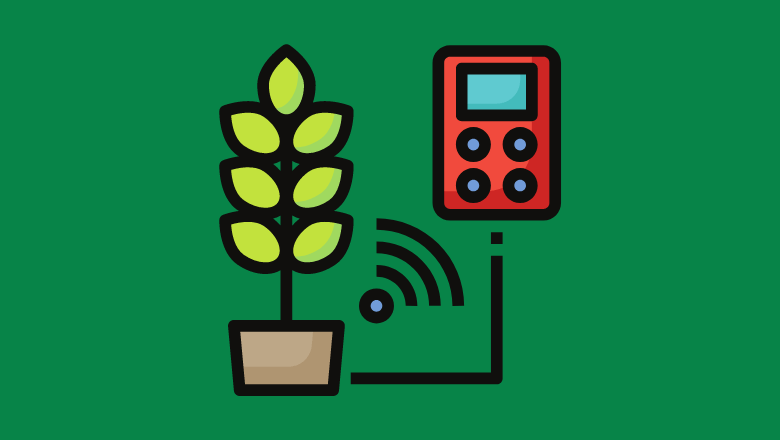
Many industries highly seek Python as a programming language. In recent years, Python has expanded to the farming space, which improves productivity, efficiency, and sustainability in agriculture.
1. Precision Agriculture
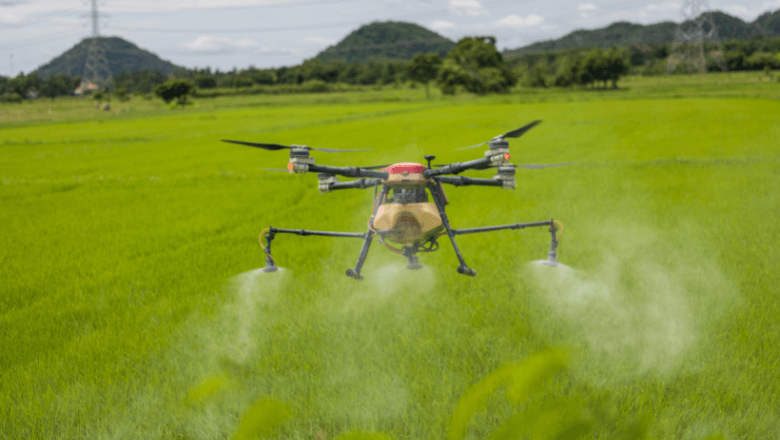
Precision agriculture is a rapidly evolving field that aims to optimize farming practices using technology and data analytics. It uses various technologies, including sensors, GPS, drones, and machine learning algorithms, to collect data on soil conditions, weather patterns, crop growth, and livestock health.
Farmers analyze this data to make informed decisions about irrigation, fertilization, pest management, and other farming activities.
Farmers increasingly use Python developers to perform data analysis and machine learning in precision agriculture.
Its convenience and flexibility render it a perfect pick for managing large datasets, a norm in precision agriculture.
Python also has a rich set of libraries and tools for data analysis, such as Pandas, NumPy, Matplotlib, and Scikit-Learn, which make it easier to process, analyze, and visualize agricultural data.
Benefits of using Python in precision agriculture
One of the main benefits of using Python in precision agriculture is its ability to help farmers make data-driven decisions. Farmers can optimize irrigation schedules based on soil moisture, temperature, and other factors.
Farmers can reduce the use of harmful pesticides by analyzing weather patterns and pest infestations.
Additionally, developers use Python to develop machine-learning algorithms that analyze data from sensors and other sources.
For example, machine learning algorithms can predict when to plant a particular crop by analyzing soil conditions, weather patterns, and other factors.
Farmers can use this information to optimize their planting schedules and reduce crop losses caused by pests or other environmental factors.
Developers use Python in precision agriculture to develop precision livestock farming techniques.
By collecting data on livestock health, behavior, and growth patterns, farmers can identify potential health issues early on and take preventive measures to reduce the risk of disease outbreaks.
Analyzing animal behavior and health data datasets with Python makes it an ideal tool for precision livestock farming.
Section summary
Precision agriculture is a rapidly growing field transforming how farmers work. Farmers increasingly use Python in precision agriculture because of its versatility, ease of use, and robust data analysis capabilities.
By using Python to analyze agricultural data and develop machine learning algorithms, farmers can make data-driven decisions that optimize their farming practices and improve crop yields.
As precision agriculture continues to evolve, Python will likely play an increasingly crucial role in developing new technologies and techniques for optimizing farming practices.
2. Crop Modeling
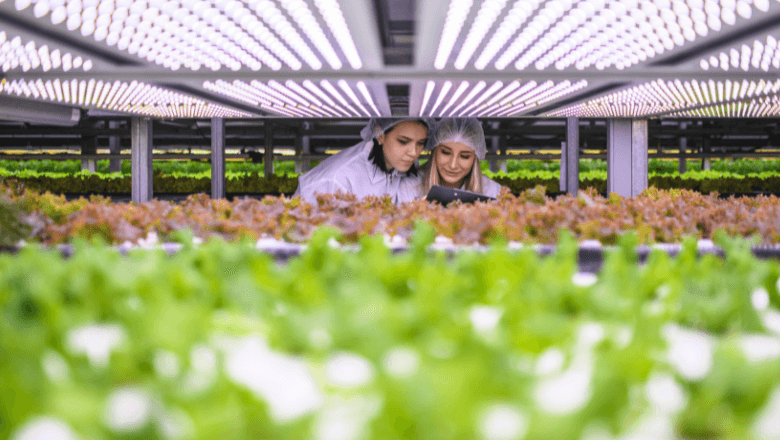
Is another area where Python is extensively used in farming. Crop modeling is creating mathematical models that simulate the growth and development of crops under different environmental conditions.
These models are used to forecast crop yields, gauge the effects of climate change on crop production, and enhance farming methods.
Python’s popularity in scientific computing and data analysis makes it an ideal language for building crop models. Several Python libraries, such as NumPy, Pandas, and Matplotlib, are specifically designed for scientific computing and data visualization.
These libraries make it easy to process copious amounts of data and create visualizations to help farmers make informed decisions about their crops.
One example of a Python crop modeling project is the Agricultural Model Intercomparison and Improvement Project (AgMIP). AgMIP is a global initiative that brings together researchers, crop modelers, and agricultural stakeholders to improve the modeling of farming systems.
AgMIP has developed a suite of crop models written in Python, which are freely available for use by researchers and farmers.
In addition to AgMIP, many other crop modeling projects use Python.
For example, the Crop Simulation Library (CSL) is a Python library that provides a framework for building crop models.
CSL includes a suite of models for various crops and tools for data management and visualization.
Python’s adaptability and accessibility render it an appropriate language for creating distinctive crop models. Farmers can use Python to build models tailored to their needs and conditions.
For example, a farmer could build a model that predicts the growth of a particular crop in their region based on soil type, weather conditions, and irrigation practices.
Section summary about crop modeling and how Python is being used in Agri-Tech
Python’s popularity in scientific computing and data analysis has made it a valuable tool for crop modeling in the farming space.
Libraries such as NumPy, Pandas, and Matplotlib provide the tools for processing large amounts of data and creating visualizations.
Python’s versatility and user-friendliness make it suitable for designing custom crop models crafted for a farmer’s needs and circumstances.
As Python grows and develops, we expect to see more innovative uses in agriculture.
3. Farm Automation
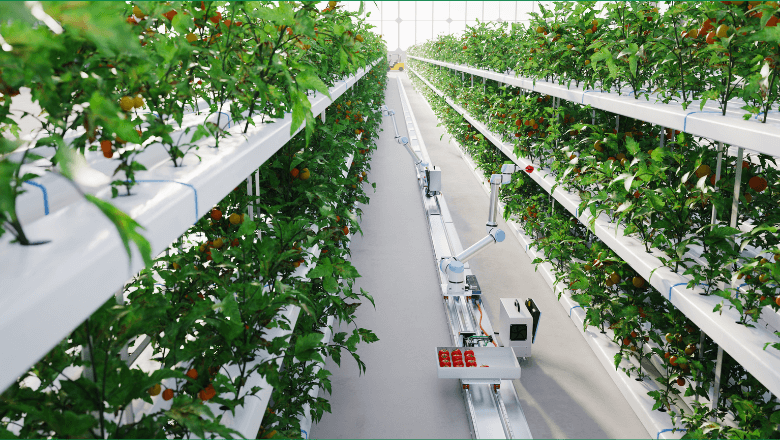
Farm automation is another area where Python is making a significant impact. The rise of automation has led to increased efficiency and productivity in agriculture and reduced labor costs. Python has been instrumental in developing farm automation systems.
With its versatility and power, it is capable of handling complex tasks.
Python is used to program various automated systems in farming, such as robotic harvesters, seeders, and planters.
With Python, it is possible to develop intelligent systems that can adapt to different farming environments and conditions and automate tasks such as watering, fertilizing, and weeding.
Additionally, Python is used to program sensors to collect data on soil moisture levels, temperature, and other factors that impact crop growth.
Python’s popularity in farm automation can be attributed to its simplicity and ease of use. Its open-source nature and extensive library of pre-built modules make it easy for developers to integrate different hardware components and build custom applications that meet specific needs.
Its versatility makes it ideal for building prototypes and testing different ideas before committing to a specific design.
Benefits of farm automation
One of the key benefits of using Python in farm automation is that it allows for real-time data analysis and decision-making. Python’s data analysis capabilities enable farmers to collect and analyze soil and weather conditions, crop growth rates, and other factors.
This method’s benefits are reducing waste, improving yields, and optimizing crop growth.
Another benefit of using Python in farm automation is that it enables remote monitoring and control.
Farmers can use Python to develop systems that can be controlled and monitored remotely, allowing them to manage their farms from anywhere in the world.
As a result, large-scale farming operations can become more efficient and productive.
Section summary about Farm automation and how Python is being used in Agri-Tech
Python is playing an increasingly crucial role in the field of farm automation. Its simplicity, versatility, and robust data analysis capabilities make it ideal for building intelligent systems that can automate different farming tasks and optimize crop growth.
As the demand for automation in agriculture continues to grow, we expect to see increasingly Python-based solutions.
4. Crop Monitoring
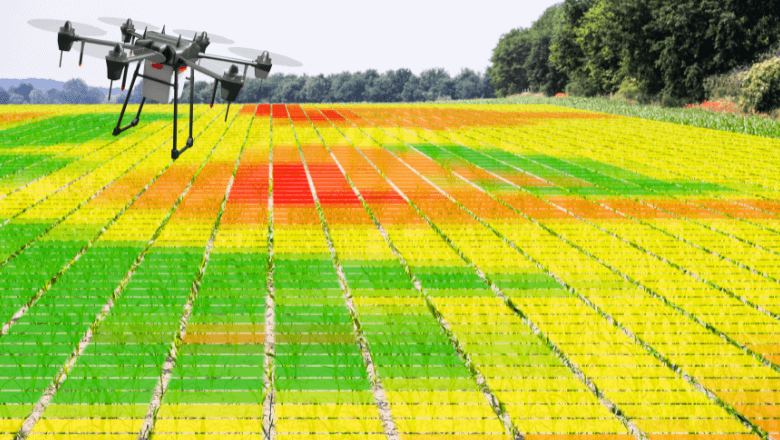
Is an essential aspect of modern farming. It involves using various techniques and tools to assess the health and growth of crops. Python is becoming an increasingly popular tool for crop monitoring in the farming industry.
One of the key benefits of using Python for crop monitoring is its ability to analyze large amounts of data quickly and accurately.
Farmers can use Python to process data from various sensors and sources, such as satellite imagery, weather stations, and soil moisture sensors, to gain insights into crop health and growth patterns.
In addition to data analysis, Python is also used for machine learning applications in crop monitoring. Machine learning algorithms can identify patterns and predict crop growth from data from various sources.
In addition to irrigation, fertilization, and pest control, farmers can use this information to make better decisions.
Python is also used to develop mobile apps and other software tools that farmers can use for crop monitoring. These apps can provide real-time data and alerts about crop health, weather conditions, and additional important information.
Farmers can use these tools to decide when to irrigate, apply fertilizers, and harvest their crops.
Section summary about crop monitoring and how Python is being used in Agri-Tech
Python is a valuable tool for crop monitoring in the farming industry. Machine learning allows farmers to process enormous amounts of data quickly and accurately.
5. Livestock Management

Livestock managers use Python to monitor animal behavior, track feed consumption, and analyze milk production. With the help of Python, farmers can collect and analyze data related to their livestock in real time. As a result, they can make informed decisions about the health and well-being of their animals.
Livestock managers use Python to monitor animal behavior, track feed consumption, and analyze milk production.
For example, farmers can use Python to develop algorithms that detect abnormal behavior in their livestock, which can be a sign of illness or injury. Farmers can quickly identify and treat health issues, saving their animals’ lives.
The dairy industry also uses Python to monitor data on milk production. Farmers can use Python to collect data on the quantity and quality of milk produced by each cow, which can help identify any problems or anomalies.
It can also predict milk production for individual cows so that farmers can optimize feeding and milking schedules.
A further use of Python in livestock management is tracking feed consumption. By tracking feed consumption, farmers can identify which types of feed are most effective for their livestock and adjust their feeding schedules accordingly.
By doing this, farmers can save money on feed costs and improve the health and productivity of their animals.
Section summary
Python is a valuable tool for livestock management in the farming industry. By using Python to collect and analyze data related to their livestock, farmers can make informed decisions that can improve their animals’ health, well-being, and productivity.
Wrapping up about how Python is being used in Agri-Tech
Python is increasingly significant in farming, helping farmers improve their productivity, efficiency, and sustainability.
Whether through precision agriculture technologies, farm management software, or research and development, Python is playing a significant role in driving innovation in agriculture.
As a result, it is helping to improve outcomes for farmers and consumers alike.
Python is making a significant impact in the farming space. Farmers and agri-tech companies use Python to automate tasks, collect and analyze data, and improve crop yields. Python’s simplicity, versatility, and extensive libraries make it a natural fit for agriculture.
As the adoption of Agri-Tech continues to grow, Python is sure to play an increasingly significant role in the future of agriculture.
Matthew is a technical author with a passion for software development and a deep expertise in Python. With over 20 years of experience in the field, he has honed his skills as a software development manager at prominent companies such as eBay, Zappier, and GE Capital, where he led complex software projects to successful completion.
Matthew’s deep fascination with Python began two decades ago, and he has been at the forefront of its development ever since. His experience with the language has allowed him to develop a keen understanding of its inner workings, and he has become an expert at leveraging its unique features to build elegant and efficient software solutions.
Matthew’s academic background is rooted in the esteemed halls of Columbia University, where he pursued a Master’s degree in Computer Science.
As a technical author, Matthew is committed to sharing his knowledge with others and helping to advance the field of computer science. His contributions to the scientific computer science community are invaluable, and his expertise in Python development has made him a sought-after speaker and thought leader in the field.







